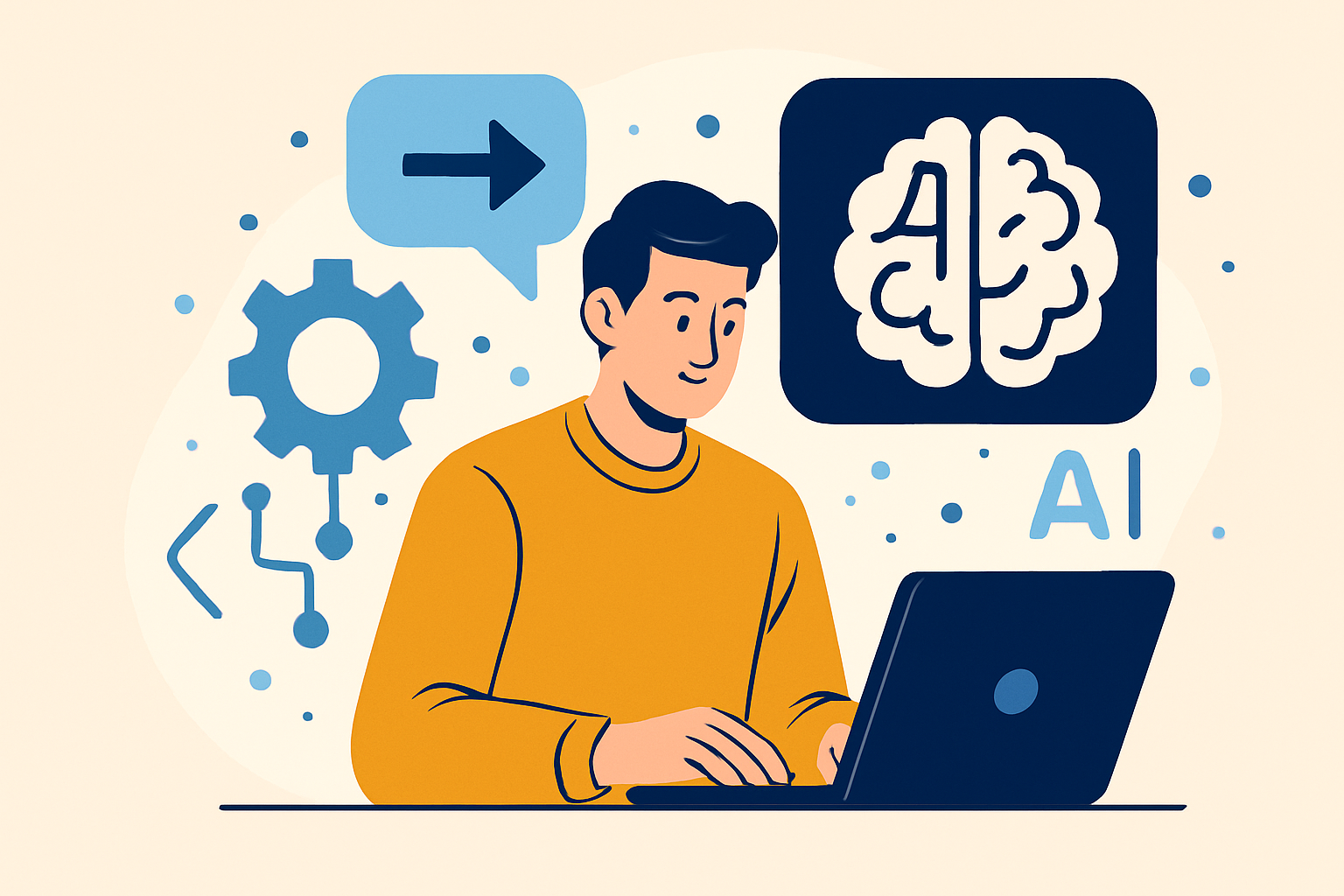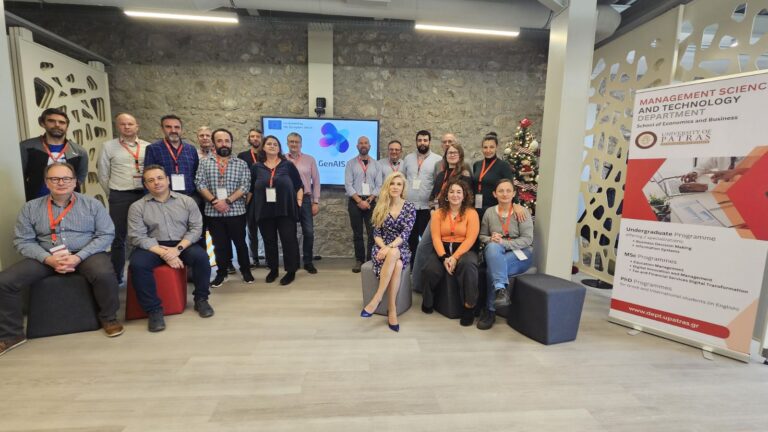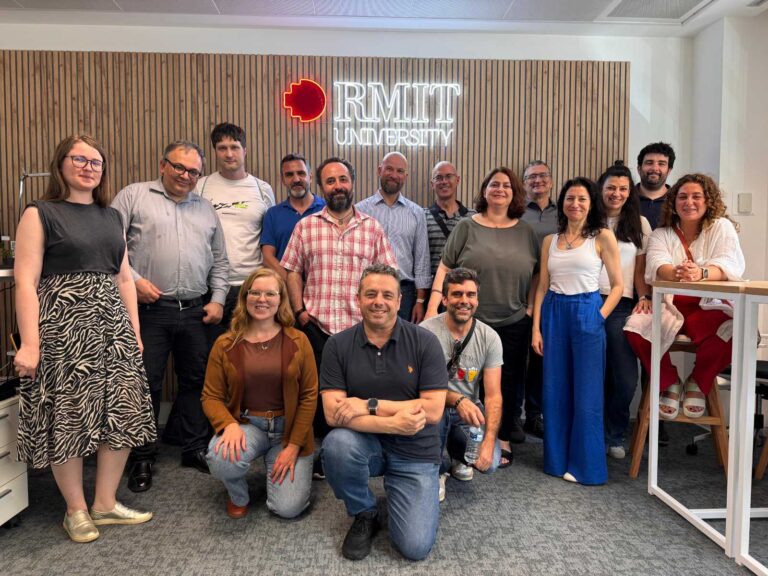Profesinio generavimo dirbtinio intelekto mokymo tikslai
(autorius Dimitrios P. Iracleous, „Code.Hub“ mokymosi ir plėtros direktorius)
Darbo paradigmos apžvalga
„Gen AI“ yra moderni priemonė profesionalams, kurią galima palyginti tik su jaunesniuoju žmogaus asistentu, turinčiu prieigą prie didžiulės bibliotekos ir nuolat tobulėjančiu atsižvelgiant į dabartinių užduočių kontekstą. Vartotojui nereikia rūpintis „Gen AI“ mechanika, tereikia įvertinti aukšto lygio turinio generavimo proceso samprotavimus.
Viskas prasideda nuo raginimo
Pagrindinė sąveika su „Gen AI“ yra tinkama užduotis. Ji turėtų būti kuo aprašomoji, aiški ir visiškai suprantama. Patartina paprašyti atlikti tarpinius veiksmus, kad būtų galima patikrinti samprotavimo kelią, ir paprašyti pateikti automatizuotus scenarijus bei kodus „Office“ įrankiams, pvz., tekstiniams dokumentams, skaičiuoklėms ir pristatymų skaidrėms.
Atvejų analizės sprendimai
Vidutiniu lygiu įrankis pateiks verslo atvejų sprendimus. Šiame etape vartotojas turėtų žinoti veikiančio verslo metodologijas ir metodus, susijusius aspektus, reglamentus ir rekomendacijas. Bus patikrinta, ar siūlomi artefaktai atitinka duomenų privatumo, autorių teisių ir licencijavimo reikalavimus. Rezultatai turėtų būti paaiškinami ir turi būti audito pėdsakai.
Siūloma darbo struktūra
Visas procesas bus uždaro ciklo metodas. Sistemai bus pateikti reikiami įvesties duomenys ir ji sugeneruos išvestį. Įvesties ir išvesties data bus saugoma kartu su pastabomis kitam iteracijos etapui. Bus sugeneruota patikslinta išvestis.
Taikant šį metodą, galima sukurti sprendimų seriją ir atlikti palyginimą su jais, siekiant aptikti galimus konfliktus ir įvertinti sekas. Vartotojas pasirinks optimizuotą sprendimą ir jį įdiegs gamyboje.
Nauja darbo aplinka
Profesionalai pradeda nuo aukštesnio darbinio lygio, nes jaunesniojo / diegėjo pareigos nebėra reikalingos. Jie turi gebėti dirbti su abstrakčiomis sąvokomis, įvertinti pateiktus sprendimus, suprasti architektūras ir įvertinti metriką. Bus siekiama lankstumo, produktyvumo ir kokybės.




